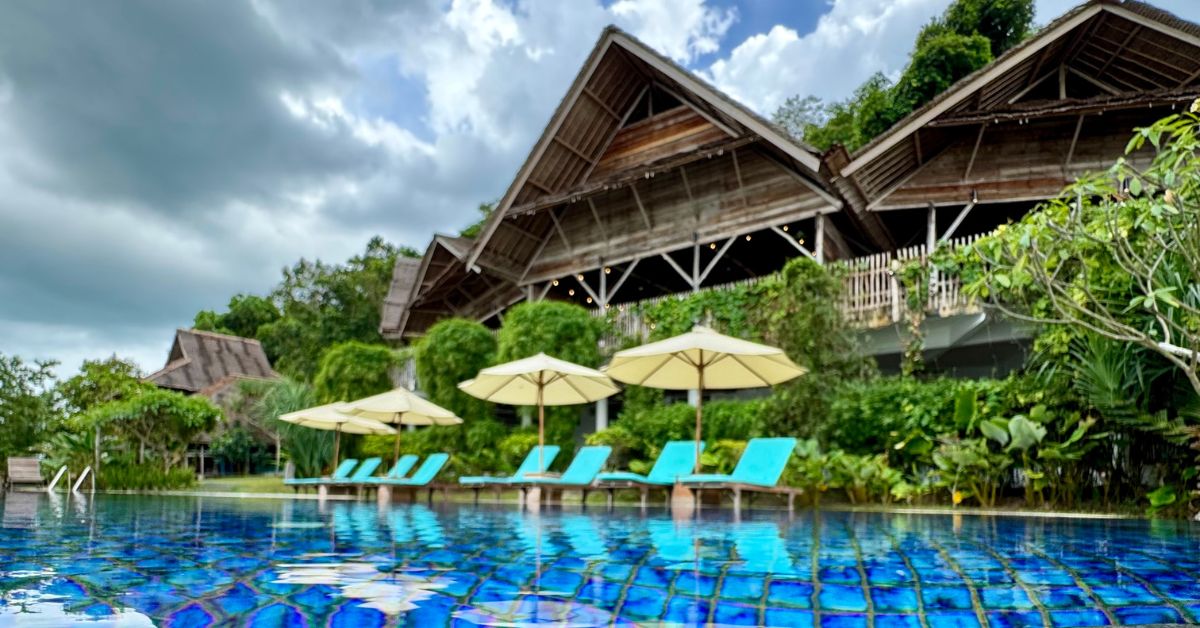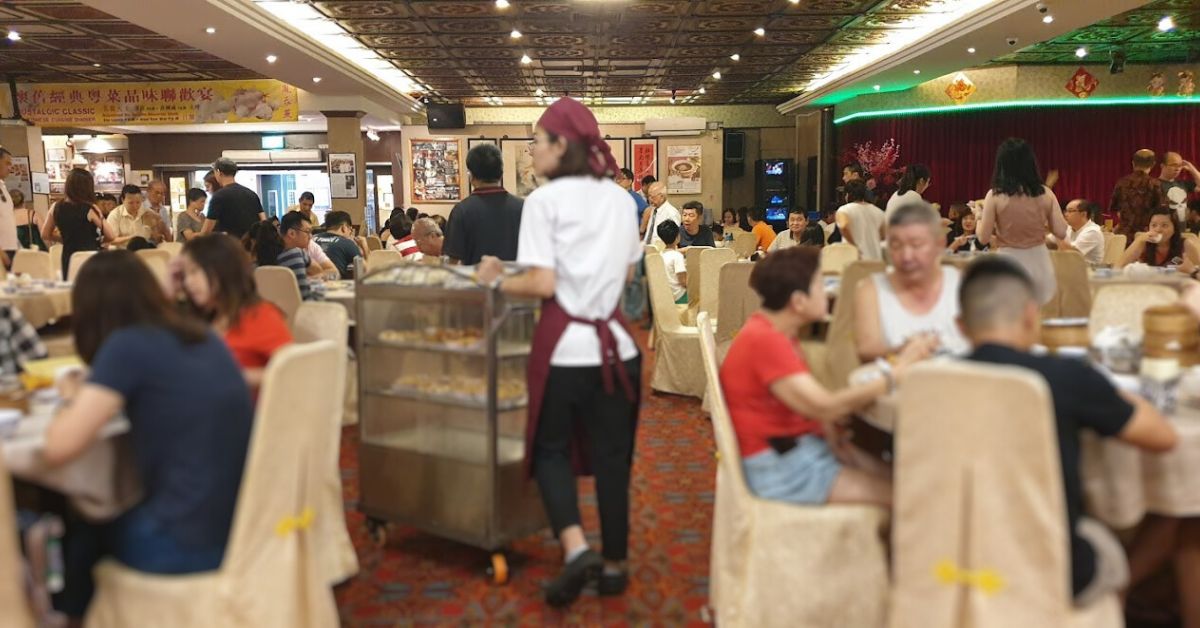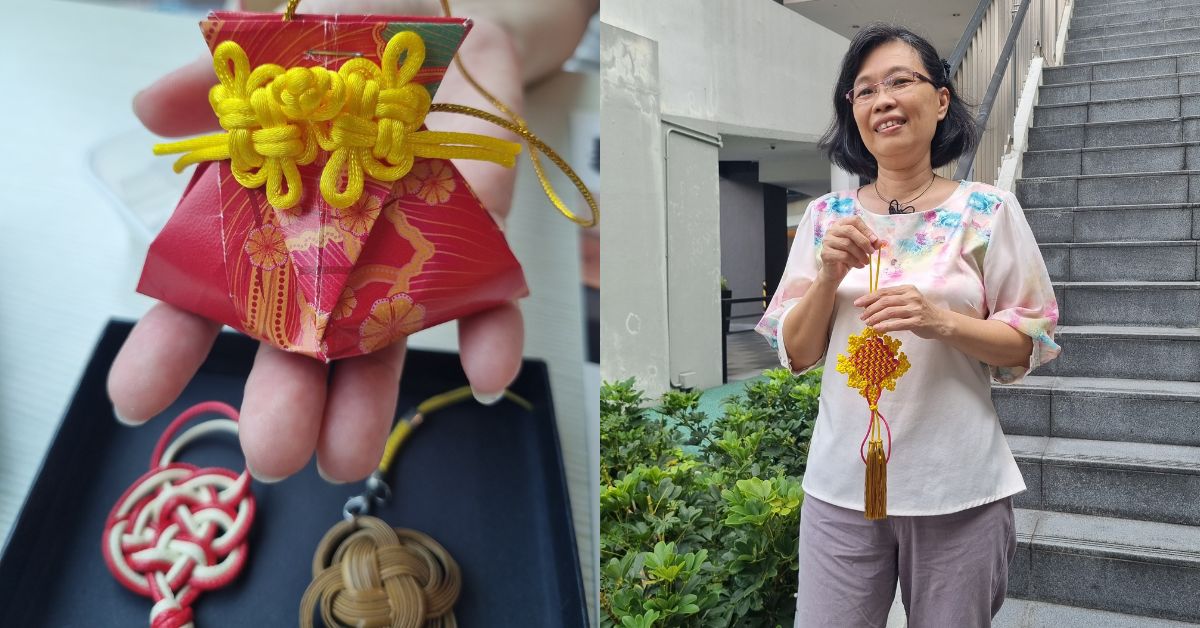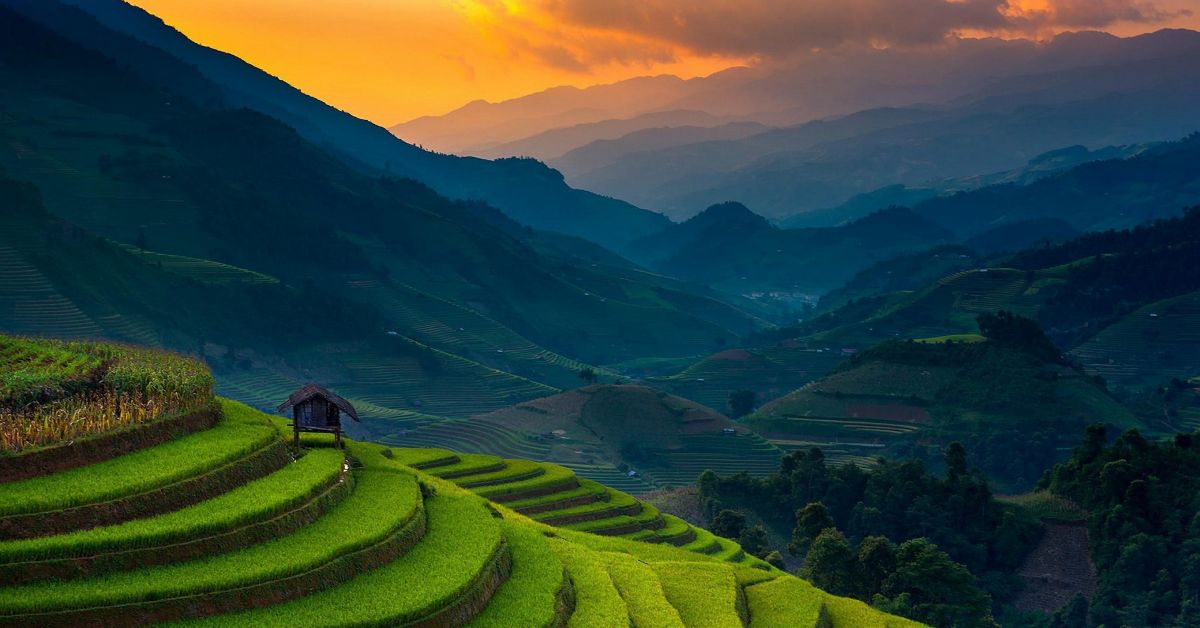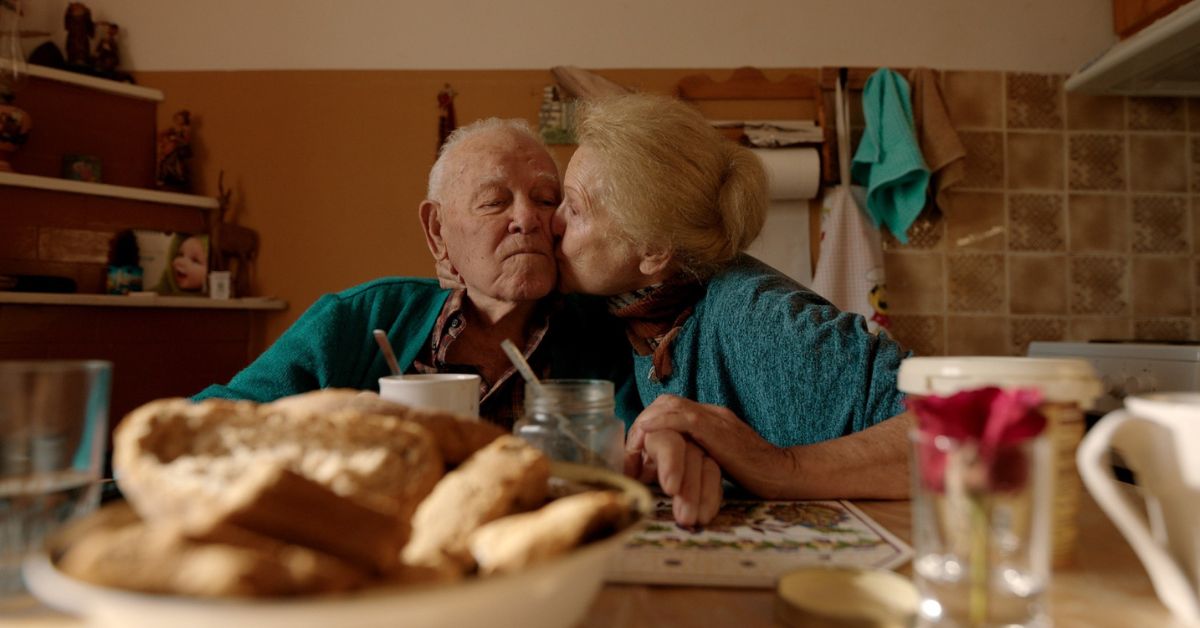
There are places around the world where people tend to live long, healthy and fulfilling lives that last well over a century.
American longevity researcher and author Dan Buettner calls these longevity hotspots blue zones, and he’s dedicated the past 20 years of his life to uncovering their secrets.
His research previously yielded five blue zones: Nicoya, a city in Costa Rica; Loma Linda, the United States’ mecca for healthy living in California; Ikaria, a secluded Greek island home to just 8,500 people; sun-soaked Sardinia, an island in Italy; and the beautiful island of Okinawa, Japan.
Most recently, Singapore debuted on the list as part of Dan’s new documentary series with Netflix, Live to 100: Secrets of the Blue Zones.
The longevity researcher was full of praise for the city, which was spotlighted on the final episode of the four-part docuseries.
Advertisement
"Singapore is one of the happiest nations in the world by many measures, and also one of the richest,"
he said.
"And what makes it makes it really extraordinary is you go back a little over a generation, Singapore is essentially a fishing village with below-average life expectancy. And now a global study shows it to have the healthiest life expectancy in the world, where a person can live in full health without disease or disability."
(The latest statistics available on Our World In Data indicate that Singapore is now lagging a little behind Japan for pole position.)
For comparison, Okinawa has 68 centenarians for every 100,000 inhabitants. Singapore had around 1,500 as of June 2020, putting us at roughly 26.4 per 100,000 people.
Read on to find out what the longevity expert believes Singapore is doing right – and what we still have to learn from other Blue Zones.
What Singapore’s doing right, according to the documentary
Rather than genetic differences, Dan’s findings suggested that each of his original five blue zones naturally boosted the longevity of its residents by making healthy habits the easiest, best choice.
Not so for Singapore, which got the moniker of “Blue Zone 2.0” for its unique standing as a manufactured Blue Zone, where longevity-boosting activities were incited through a combination of government policies and infrastructure development.
He lauded healthier eating policies like The Ministry of Health’s war on sugar-sweetened beverages, including bans on ads, warning labels and other restrictions, as well as the Health Promotion Board’s Healthier Choice Symbol that nudged residents to identify and choose healthier food and drink options.
Dan also praised the Certificate of Entitlement (COE) system for regulating car ownership, which, in tandem with a robust and convenient public transport system and a plethora of manmade parks, would facilitate more daily walking.
Families with adult children are encouraged to live with, or within 4km of each other, by the Housing & Development Board’s Proximity Housing Grant. The high level of home ownership, he says, also means that Singapore residents tend to “invest in their neighbours”, creating a “better community”.
The longevity researcher spotlighted the Kampung Admiralty integrated development in his documentary, likening it to villages in other blue zones with a mix of residential apartments, greenery and public facilities like a medical centre in close proximity.
This provides not only convenience for residents, said Dan, but also facilitates frequent, casual interactions in their everyday routines.
"There’s actually been a study that has shown that the casual interactions we have during the day with the postman, with the person you meet at the bus stop, with the baristas, are actually a better predictor of longevity than diet and exercise. And I think what people miss is that loneliness is a function of our environment."
He said,
What we can learn from other Blue Zones
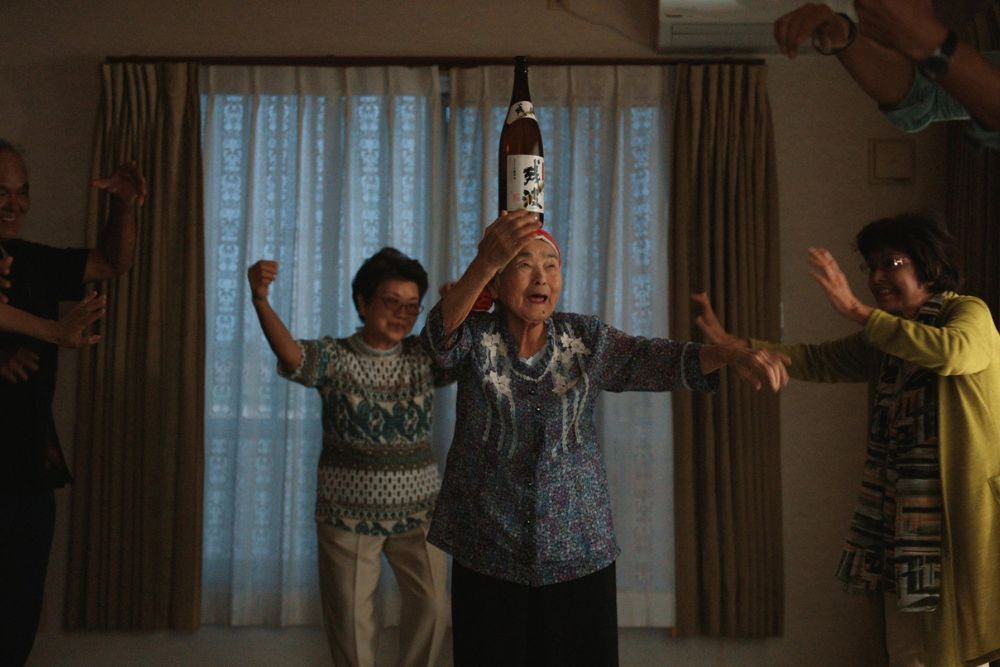
Dan covers three of his so-called “Power 9” longevity-boosting lifestyle habits in the episode on Singapore.
These are:
- Move Naturally: Walking, performing manual chores and gardening, over hitting the gym, cycling or jogging.
- Loved One First: Keeping ageing parents and grandparents nearby or in the same home, committing to a lifelong partner, and investing in one’s children.
- Right Tribe: Finding a supportive group of friends or community, whether that be next-door neighbours, coffeeshop kakis, pickleball fre-nemies, or like-minded silver-friendly publication (ahem).
This doesn’t mean we’re necessarily missing the other six elements.
One tenet, Belong, advocates belonging to a faith-based community. According to Singstat, 80% of Singapore’s population have a religious affiliation as of 2020.
That said, the remaining five are up for debate:
- Purpose: Dan’s research suggests that living with a sense of purpose – called ikigai in Japan or plan de vida by the Nicoyans – can add up to seven years of extra life expectancy. Yet, less than a fifth of Singaporeans believe they have a purpose in life.
- Downshift: Blue Zoners also know when it’s time to take a step back and relax, with each region having a way to destress. Singaporeans are famously high-strung. Maybe complaining is how we downshift?
- 80 Percent Rule: Okinawans have a saying, hara hachi bu, reminding them to stop eating when their stomachs are 80% full. Singaporeans have a saying, shiok, reminding them to keep eating until they are too full.
- Plant Slant: Natives of Blue Zones favour primarily plant-based diets, full of legumes, beans and lentils. Meat is a rarity. In Singapore though, most of our staple foods are carb-rich.
- Wine at 5: Blue Zoners drink alcohol regularly – typically a glass or two of wine daily – in the company of friends and family. On the other hand, we’re not as big on vino here.
Final thoughts
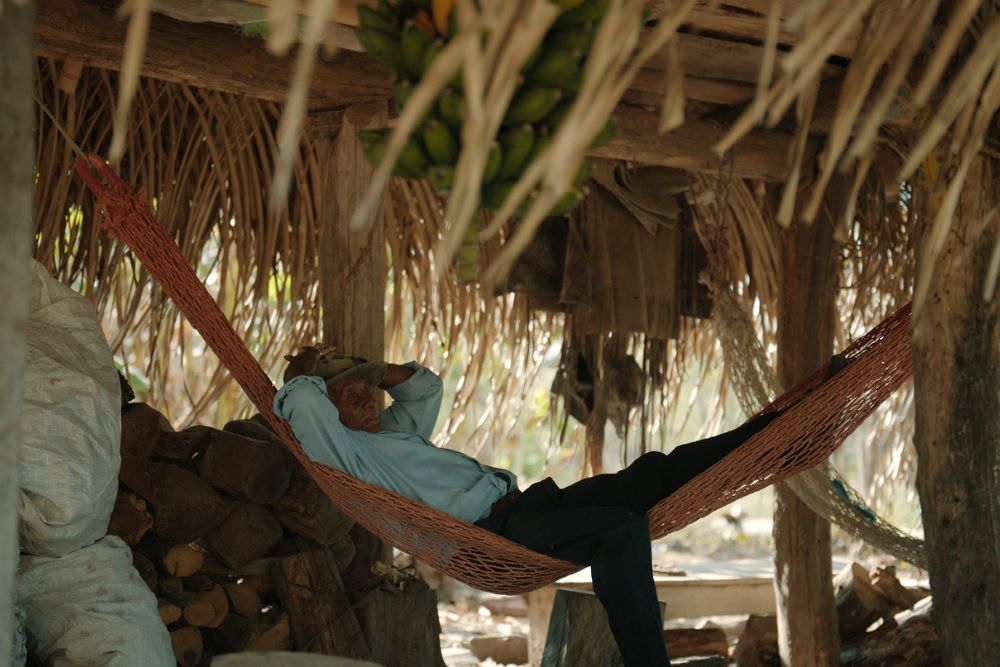
Among Dan’s six Blue Zones, the little red dot sticks out. As an urban metropolis, we don’t quite have the same laid-back, rural flavour of the other five spots.
Gardening in Singapore, for example, mostly happens in designated community plots between high-rise flats – or in little pots on the windowsill. Walking as well is largely carried out on well-manicured paths.
It is rather amusing to see a foreign perspective on Singapore that is unreservedly positive, even for policies like the COE (which no freedom-loving American would abide with), and without the usual musings that our little red dot is a well-oiled machine with caning for vandalism and a draconian ban on chewing gum.
In any case, shooting for longevity alone should never be the priority. It is how well one’s years are lived that matter most, not how long – though a glass of wine at 5 every evening never hurt anybody.
What’s your preference when it comes to living — quantity or quality?

